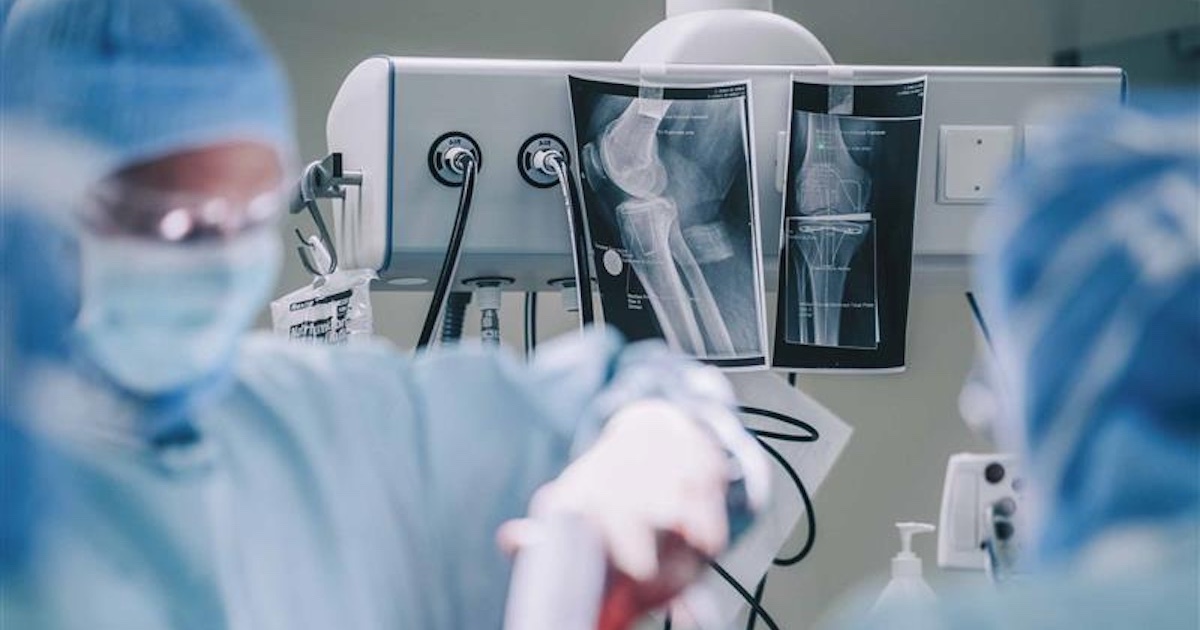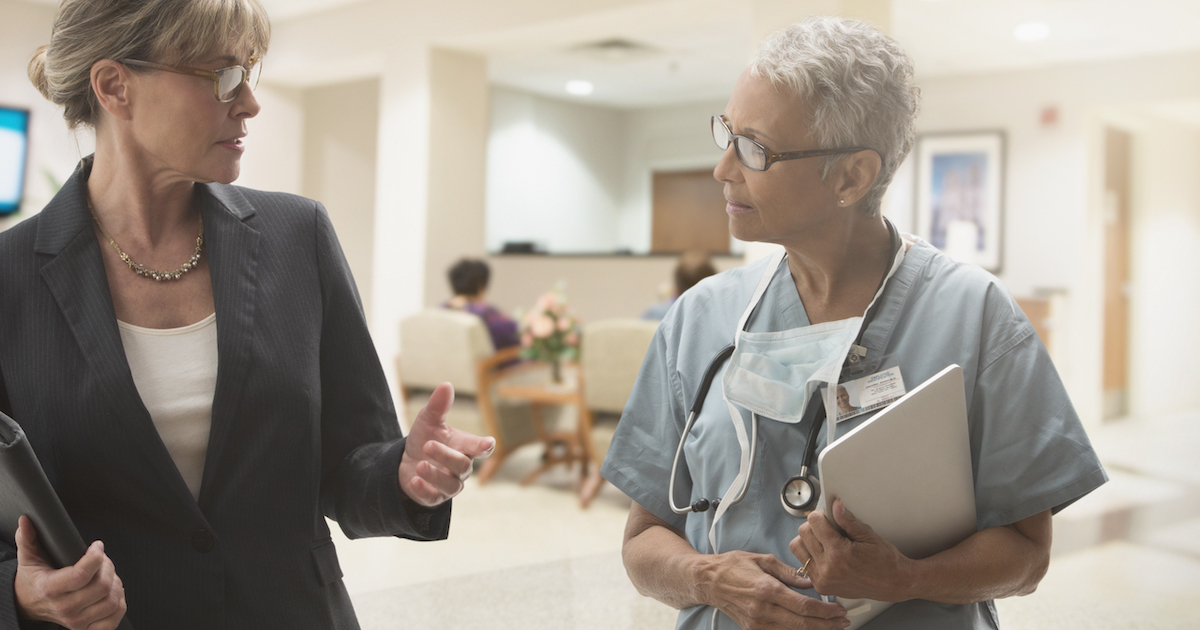Haptic and robotic devices promise to broaden the reach and increase the depth of mobile healthcare, thereby giving professionals yet another way to collaborate with patients.
A number of retail and healthcare devices already use haptic technology for remote monitoring, and more are expected to emerge in the near future.
An MIT research team, in fact, is ready to launch clinical trials of a number of computerized haptic therapy devices: Touch Me, Squeeze Me, Hurt Me, and Cool Me Down.
Perhaps it is best to look at Hurt Me first.
This device measures the degree of pain through rounded plastic pins that, when applied to the wearer, transmit the feeling of being bitten on the arm. The MIT team is targeting this at persons with a tendency to harm themselves. It includes a safety valve, and the pins can't puncture the skin.
Touch Me includes a “virbrotactile” motor array in a soft enclosure and is remotely controlled by the caregiver. According to the researchers, Touch Me is for use by both patients and therapists. Similar to the T-Ware and Give-Me-A-Hug devices, Touch Me is expected to “lessen panic attacks” in autistic children.
Cool Me Down uses cold wraps and heat pumps in order to “ground the senses.”
Chris Wasden, managing director at PricewaterhouseCooper's Health Industries Practice, notes that remote haptic technology is part of mobile healthcare’s movement to make distance medicine as real as hands-on procedures and treatments.
[See also: Top 10 connected health predictions 2014.]
Remote robotics, a simple but less accurate way of saying “remote teleprescence manipulators,” is still in its infancy. Issues over cost, credentialing and training remain. Nevertheless, research is continuing worldwide. And remote ultrasound devices - ultrasound being a key component in making emergency surgical decisions - are in the works. These are ideal for patients living in isolated areas who are unable to visit an ultrasound specialist.
The French-led national research organization Prosit is currently demonstrating a tele-ultrasound examination via satellite that uses a robotic platform for diagnosis. The system comprises four major components - an expert station to receive the ultrasound images; the patient station, which includes a robotic arm attached to a hands-free haptic device similar in appearance to a standard ultrasound probe; a robotic mobile emergency unit; and a communications platform link with a minimum of 256kbps bandwidth. Sensors and an accelerometer are deployed to register the expert’s hand movements.
This is still in trials. But the promise of remote robotics, according to the Society of American Gastrointestinal and Endoscopic Surgeons, is to offer superior visualization, including three-dimensionnal imaging of the field of operation, stabilization of instruments, mechanical advantages over traditional laparoscopy and improved ergonomics for the operating surgeon.
Although remote robotics promises a great many things, there are cost issues and certainly a cost/benefit analysis is in order. Among the many issues that should be considered are capital acquisition, cost of instrumentation, maintenance and repair, operating room time required, complication rates, length of patient stay, after care and risks associated with robotic use and mechanical failure.
[See also: mHealth — what's the hold up?]
Not surprisingly, some of the most advanced research is being done by companies in the computer gaming industry. After all, in the commercial world profit and loss entail different considerations than in healthcare. In private industry, especially the computer industry, there appears to be far more willingness to experiment with users and users are often more than willing to be experimented on. Users by the hundreds of thousands if not millions line up to gain access to the latest beta versions of applications. The healthcare industry, however, must have a much higher threshold for accuracy and validity. But certainly gaming industry products that include haptic technology will eventually make their way to fitness and medicine.
Gaming company Immersion, for instance, boasts hundreds of patents, many of which have to do with the haptic experience. The Immersion TouchSense haptic feedback technology gives users the ability to precisely control hardware actuators in order to add a tactile effect within the user interface.
According to Immersion’s Cheryl Shimek, director of medical business, the tactile experience of something as simple as pushing a button gives users confidence that their actions were recognized.
“The use of tactile effects to enhance mobile communications creates a sense of shared presence which could be valuable in remote doctor/patient interactions,” she said.
With the introduction of remote haptics and robotics to the mobile healthcare arsenal, practitioners can now not only see and hear patients with clarity but touch them as well.
Ephraim Schwartz is a freelance writer based in Burlington, Vt. He is a recognized mobile expert and columnist, having spent 15 years as Editor-at-Large for InfoWorld, half of them covering the mobile space. Prior to that he was Editor-in-Chief of Laptop Magazine.
Related articles:
Helping patients chart a best course of action
The human, regulatory, and tech limits of telemedicine
Can mHealth change the face of big pharma?


